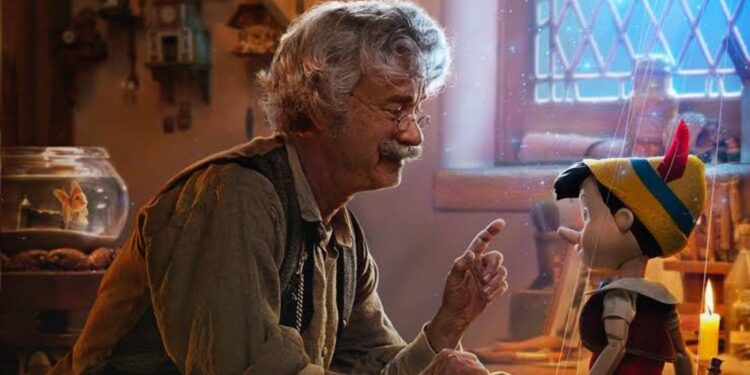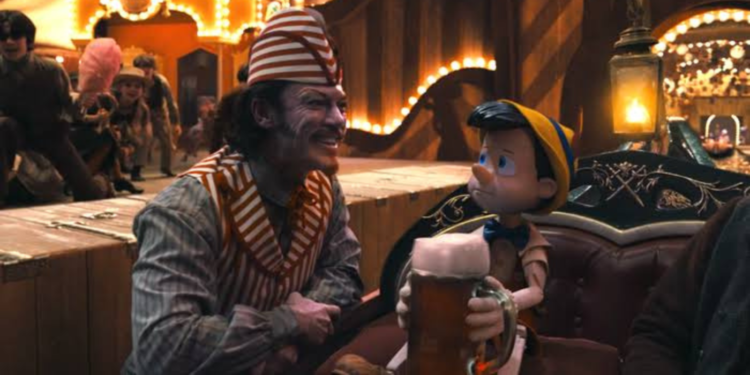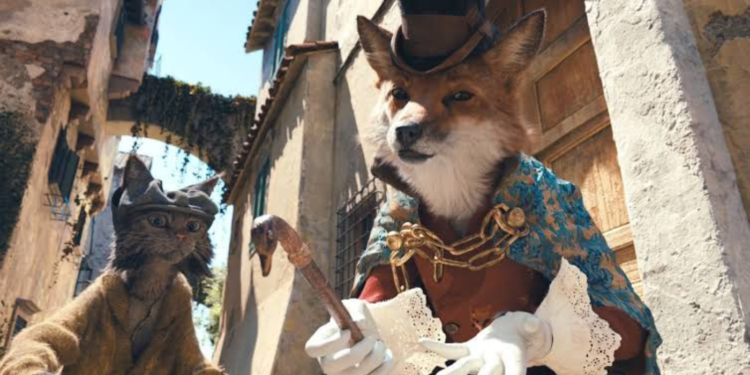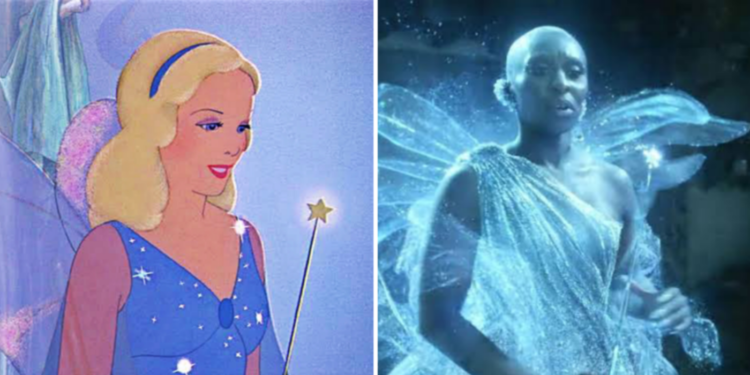In an era of animated classics’ live-action remakes, Pinocchio (2022) was long overdue. The original Pinocchio movie was released in 1940 as the second Disney animated feature film. The 2022 live-action remake was directed by the legendary Robert Zemeckis, who also co-wrote the screenplay with Chris Weitz.
The live-action Pinocchio was released exclusively on Disney+ on September 8, 2022, to mixed reviews from critics and audiences. This makes it the second remake to be released on the streaming platform, after Charlie Bean‘s Lady and the Tramp (2019). For film audiences and fans of the story of Pinocchio, here’s a detailed review and analysis of the live-action Pinocchio (2022).
The Live-Action Pinocchio Plot Summary

Like the original film, the live-action Pinocchio is set in a small Italian village. Jiminy Cricket is introduced as the film’s partial narrator, who arrives at the village and enters the home of Geppetto. Geppetto is an elderly, widowed woodcarver. Jiminy Cricket sees and hears Geppetto make a wish before falling asleep. Later that night, a Blue Fairy enters Geppetto’s home and gives life to Pinocchio. To be a real boy, the Blue Fairy instructs him to act brave, truthful, and selfless. On seeing Jiminy Cricket, the Blue Fairy appoints him as Pinocchio’s conscience to help show Pinocchio right from wrong.
A happy Geppetto is proud to have Pinocchio as a son. As Pinocchio sets out to school, he meets Honest John and his partner, Gideon the Cat. They soon convince Pinocchio to choose fame rather than become a real boy. Pinocchio is then sold to Stromboli, the puppet master. While with Stromboli, Pinocchio meets with Fabiana and her puppet, Sabina. Pinocchio escapes Stromboli’s cage with Jiminy Cricket’s help and a growing lying nose. However, he’s soon enticed by a coachman to join other children to go to Pleasure Island and befriend a naughty, spoiled kid, Lampwick.
When Pinocchio doesn’t return home, Geppetto sets out to find him. Geppetto sells his precious clocks to buy a boat to rescue Pinocchio at Pleasure Island. When Pinocchio discovers what truly happens at Treasure Island, Jiminy Cricket helps him escape and then embarks on a journey to find his father, Geppetto. Pinocchio and Geppetto are reunited in the stomach of Monstro, the sea monster. Although they successfully escape from Monstro’s stomach, Geppetto is accidentally killed. Geppetto awakens when Pinocchio’s magical tear falls on him. The film ends with Pinocchio proving he’s brave, truthful, and selfless.
The Cast Of The Live-Action Pinocchio

A major difference between the original film’s cast and its 2022 live-action remake is the introduction of human casts. Veteran actor Tom Hanks leads the live-action cast, playing Geppetto. Pinocchio, the wooden puppet, is voiced by Benjamin Evan Ainsworth. Actor Joseph Gordon-Levitt joined the cast as the voice of Jiminy Cricket, with Keegan-Michael Key and Lorraine Bracco voicing Honest John and Sofia the Seagull. Adding to the cast diversity, Cynthia Erivo portrayed the Blue Fairy, with Italian actor Giuseppe Battiston portraying Stromboli. Other notable cast members include Luke Evans as The Coachman, Kyanne Lamaya as Fabiana, and Lewin Lloyd as Lampwick.
Notable Themes Explored In The Live-Action Pinocchio

In terms of themes and messages, the live-action Pinocchio closely resembles that of the original animated movie. One of the earliest themes explored is grief. Geppetto is introduced as a widowed woodcarver who creates a puppet that resembles his deceased son. As extreme as it may seem to many people, a grieving Geppetto makes a wish on a star, which is later revealed to be his desire to have a son.
Then there’s the good versus evil theme, introduced with the characters of Honest John, Gideon the Cat, Stromboli, and The Coachman. With Jiminy Cricket as his conscience, Pinocchio must choose the path of good to become a real boy. A significant part of the film is filled with selflessness and love. Geppetto, irrespective of Pinocchio being a living puppet, shows unwavering love for him. Angus Wright‘s character, Signore Rizzi, is introduced as an Italian gentleman persistently looking to buy Geppetto’s clocks.
Although Geppetto refuses to sell because of his sentimental attachment to the clocks, he sells them to purchase a boat to find Pinocchio. Geppetto sacrificed himself to save Pinocchio from an angry Monstro, losing his life. Pinocchio’s innocent, true love for his father, Geppetto, helps revive him. Turning naughty children into donkeys in Pleasure Island may seem extreme, but as a film made for children, it leaves lots of moral lessons.
Biggest Differences Between The Live-Action Pinocchio And The Original

In the general sense, both films have remarkable resemblance in their plot. However, there are several notable differences in the movies. In the 1940 Pinocchio, not much is revealed about Geppetto’s life. Pinocchio seems to be created as one of his crafts, although he later wishes for it to become a real boy. In the live-action remake, Geppetto’s backstory reveals he lost a son and created Pinocchio to fill the void.
Sofia the Seagull and Fabiana are two entirely new characters that did not exist in the 1940 Pinocchio. There’s also an obvious difference in the race of the Blue Fairy in both movies. Additionally, Cynthia Erivo’s Blue Fairy only appears once in the live-action remake, while Evelyn Venable‘s voiced Blue Fairy makes several appearances throughout the 1940 film.
In the original film, Pinocchio sets out to school the next day but never makes it. However, a few days pass in the live-action remake before Geppetto sends him to school. In the remake, Pinocchio makes it to school but is kicked out by the headmaster (Jamie Demetriou) for being a puppet. Geppetto’s clocks are more sentimental to him in the live-action remake than in the original film. Unlike the 1940 film, the clocks in the remake are designs of notable Disney characters. While Pinocchio turns into a real boy in the original film, Jiminy Cricket leaves his fate open to audience interpretation in the live-action Pinocchio (2022) film.
 Follow Us
Follow Us





